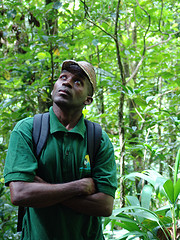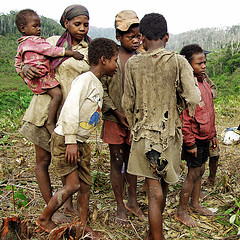

| Volume 8 - February 2010 |
| The aim of this e-Newsletter is to inform CBD National Focal Points and CBD partners about biodiversity aspects in relation to reducing emissions from deforestation and forest degradation (REDD-plus). To subscribe, please visit http://www.cbd.int/forest/redd/newsletters/. |
|
PUBLICATIONS 
Carbon markets and forest conservation: A review of the environmental benefits of REDD mechanisms Promoting biodiversity co-benefits in REDD Compilation of readiness activities prepared on behalf of the Forum on Readiness for REDD 
REDD Realities: How strategies to reduce emissions from deforestation and forest degradation could impact on biodiversity and
Indigenous Peoples in developing countries Opportunities for achieving biodiversity conservation through REDD "The End of the Hinterland: Forests, Conflict and Climate Change" |
|
CALL FOR POSTERS 
Fourteenth Meeting of the Subsidiary Body on Scientific, Technical, and Technological Advice, 10 – 21 May 2010, Nairobi, Kenya |
| Click here for more information on REDD-plus |

How can you publish in this Newsletter? Your contributions to this Newsletter on issues related to biodiversity aspects of REDD-plus are welcome. Please send your submission to [email protected], Subject "REDD Newsletter". Articles should contain no more than 60 words, and must contain a hyperlink for more information. more information please see: http://www.cbd.int/forest/redd/newsletters/ Deadline to submit articles for the next issue: 15 April 2010. This Newsletter is published pursuant to CBD decision IX/5. The views expressed in this publication do not necessarily reflect the views of the Secretariat of the CBD. |
| Pictures sourced from Flickr creative commons (from top to bottom): [henning], alphadesigner and jurvetson |